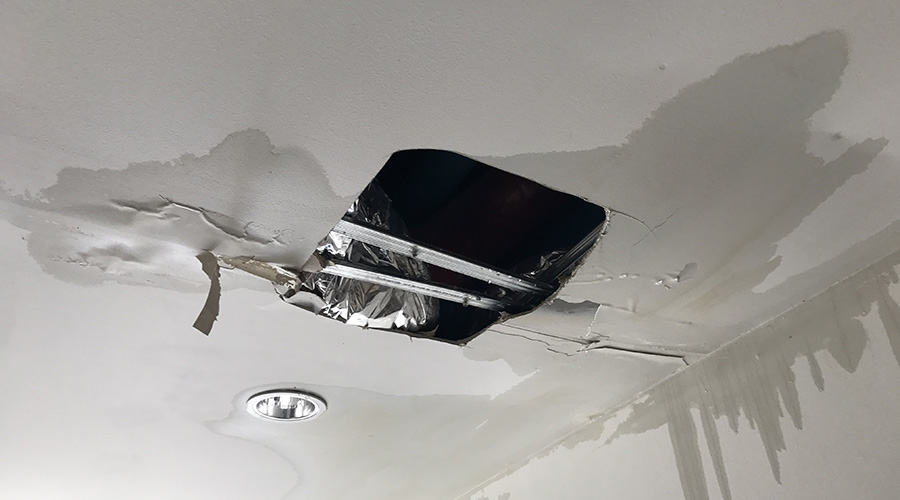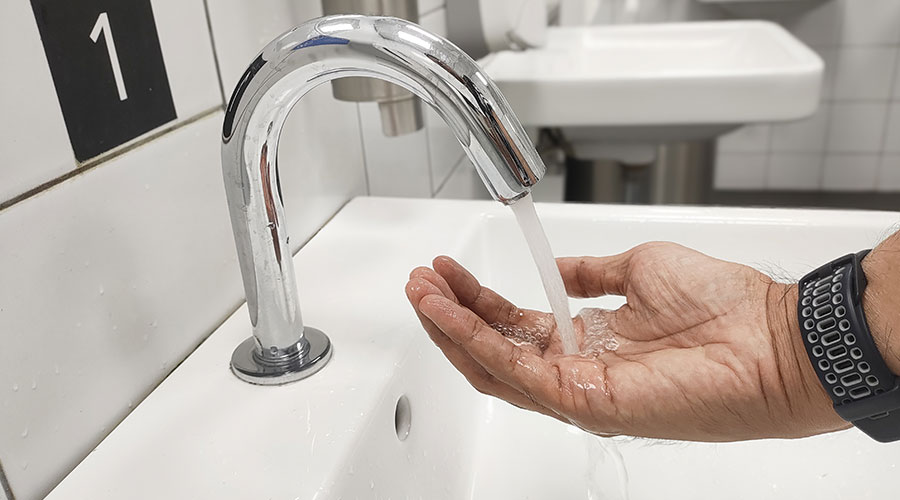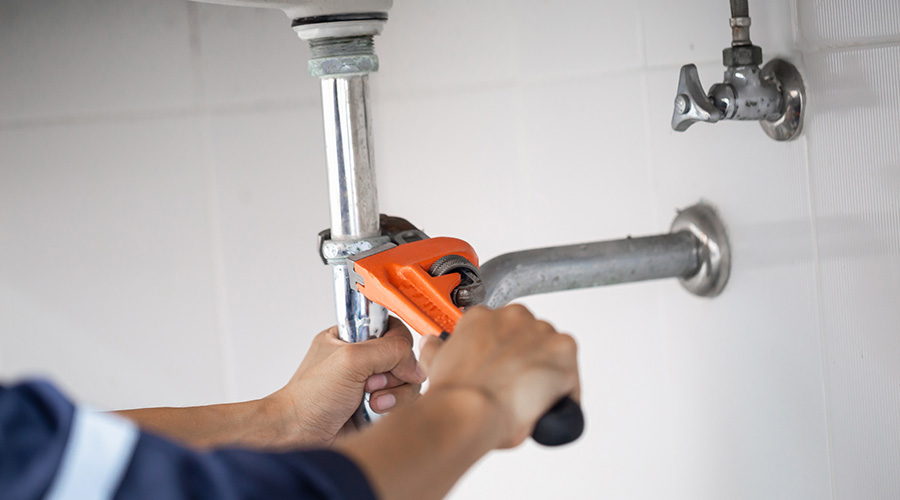Low-Flow Fixtures Impact Water Use Totals
With the cost of water continuing to rise — "depending on the municipality, it can be going up as little as 7 percent and, in some areas, more than 20 percent," says Jason Fitzsimmons of Toto USA — managers with all sizes of facilities and budgets need to realize that even a modest retrofit can go a long way.
"There are retrofit options for every budget," says Bob Carter of Zurn Industries. "Starting from simple faucet aerator changes to a complete restroom fixture replacement, to maximize water savings, there are many products to choose from."
The emergence of low-flow urinals and toilets has significantly lowered water use in facilities in which they were installed. Companies now make urinals with flush rates as low as 0.125 gallons per flush (gpf), toilets as low as 1.28 gpf, and faucets with flow rates as low as 0.38 gallons per minute (gpm) — all of which can generate significant savings.
"Some say 'Water conservation isn't for me. It won't make a difference if we cut down on the flow of water' — but the technology now is that a lot of people don't even realize that the water coming out has been reduced by a half, a third, or even more than that," says Rich Fahey of T&S Brass. "It's almost invisible to the end user, but the operator will actually see a cost-savings, especially if they take that protocol and use it not only at that facility but at other facilities, as well."
The age and condition of the plumbing system is also an important factor for managers who are considering using low-flow fixtures. A system built to accommodate toilets flushing at 3.5 gpf or higher that now has slightly more than one-half that amount flowing through it could encounter drainline issues.
"In some ways, you think of the valve and fixture as being the midpoint of the whole plumbing system," Gipson says. "It can only do its job based on what's come before it and where it has to go after it. It can only do so much and needs the water supply partners and the drain-line carry on the other end to be in good condition for it to work well."
Managers sometimes over look drainline carry in plumbing retrofits, Fitzsimmons says.
"We used to have 3.5-gallon toilets, and when you flushed those, they would run water forever," he says. "At a certain point at 3.5 gallons per flush, you are looking at 30 pounds of water, and you could evacuate nearly any bowl. Now it's 1.28 (gpf), and at 8 pounds a gallon, you are looking at 10 pounds of water to evacuate that bowl.
"You have to have that (water) pressure. One of the things in a retrofit that people don't have a handle on is, what is the pressure in their line? It's a consideration but not a limitation."
Related Topics:
















